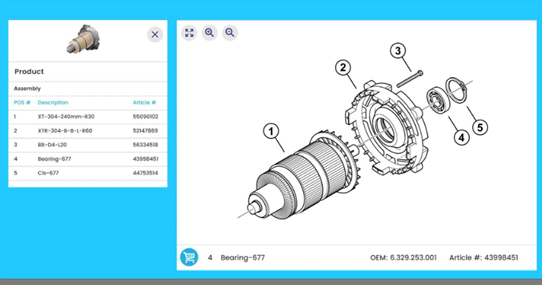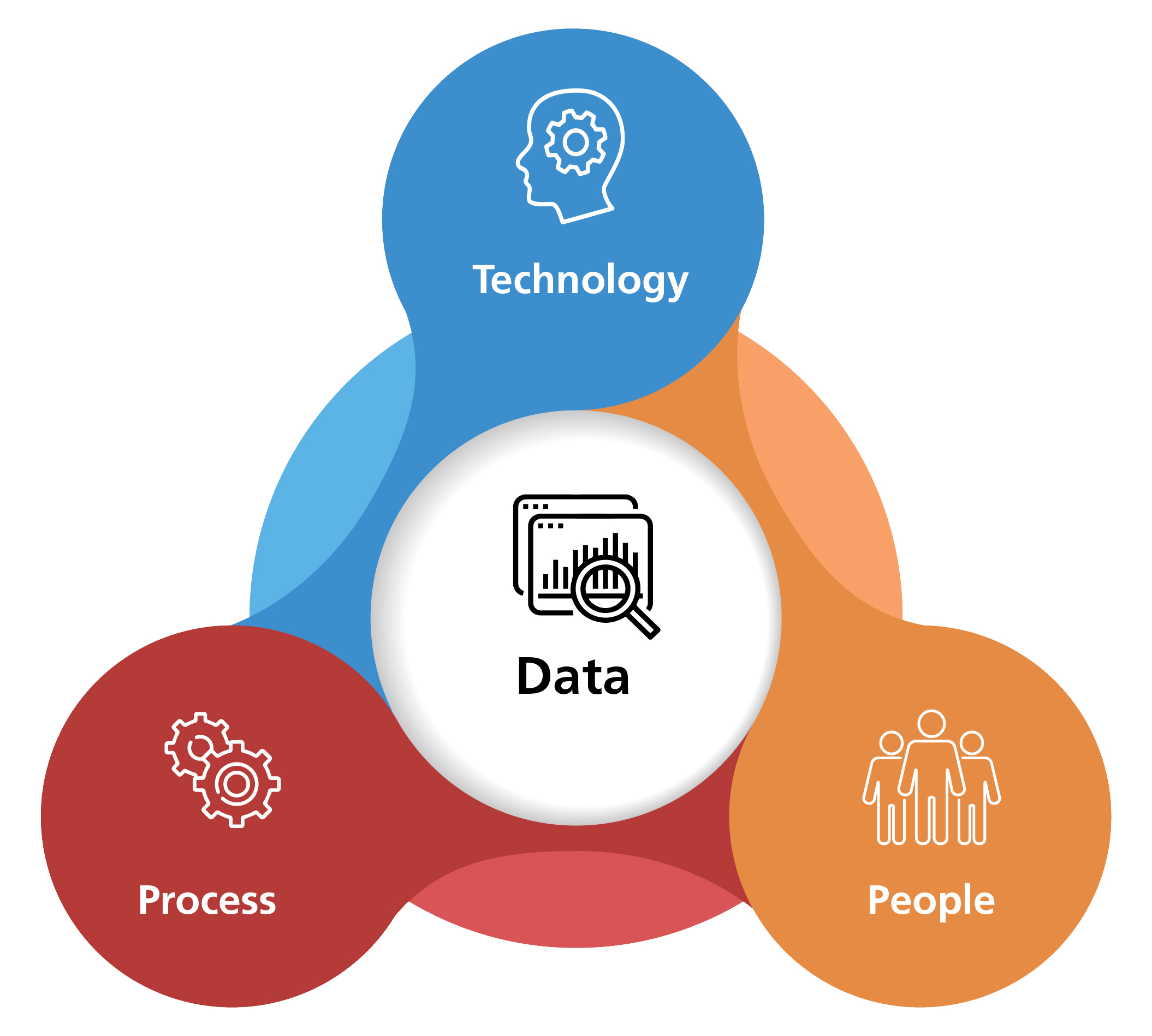Product Experience Management (PXM) – Enabling Unforgettable Customer Experiences for e-Commerce
In today’s fast-paced world of e-commerce, consumers are seeking seamless, personalized, and engaging experiences for shopping. They also expect the latest and highest quality product-related content before making a purchase.
In this blog, we will explore Product Experience Management (PXM) and the value it delivers to its brands in the realm of online commerce and customer experience.
Consumers engage with a brand and its products long before they actually buy them. Product experience commences with a purchase journey encompassing product awareness and discovery, comparing and evaluating, to finally making a purchase.
Today, brands are raising the bar of exceptional product experience in each phase of the purchase journey. For example, Nike goes above and beyond in providing an exceptional experience by letting consumers customize a pair of shoes online and get a real-time render of the finished product’s appearance. Their product details page extends beyond the product and provides rich, useful content for the consumer to complete the purchase.

Source: Nike
B2B players are also not behind. Bobst, a leading manufacturer of packaging machines provides a visual navigator on their B2B website, apart from their standard product catalog. This navigator enables customers to select the right spare parts for their machines by zooming in on online machine drawings or manuals.

Source: Propeller, a software-as-a-service platform provider for visual navigator software
The key to such strong experiences is to create and deliver solid product content to the right consumers, at the right moment, through the right channels.
While an enriched and personalized product experience is important, the accuracy and quality of the product content are also crucial. A lack of accurate and appropriate product data can lead to a decrease in brand perception, loss of sales, and high cost of returns. “Time to market” or to make your product content available timely to all the right channels is also critical, especially for seasonal and promotional products.
” 85% of customers rate product information as the top they want from a website.”
Source: Joe Cicman, Senior Analyst, Forrester Research
“72% of consumers surveyed said they would purchase another product/brand due to bad product information.”
Source: Product Experience Satisfaction Survey 2021 (Global), Akenao
Challenges in Managing and Publishing Product Content:
There are several related to product content such as
- Manual effort to aggregate product data from different source systems and enrich the content for multiple online channels
- No single source of truth to detect data quality issues in the product content
- Each e-retailer has different formats and requirements to receive product information
- Personalizing the product content for different customer types
What is PXM?
PXM is a strategy to deliver consistent, accurate, and complete product content, along with a customer-centric, personalized, omnichannel and search-guided experience to the customers across various channels and touchpoints.
Core features of PXM:
- Complete and consistent product content such as product descriptions, label data, product media including compelling content such as videos, recipes, 3D imagery, engaging product stories, and reviews.
- Contextualizing the content for publishing to different channels (brand websites, marketplaces, social media, retailers, etc.).
- Personalized content for various customer segments or based on consumer preferences, profiles and past purchases/searches.
- Tailoring SEO keywords and descriptions displayed in search engines to improve product awareness and discovery.
- Immersive and interactive experiences like Augmented Reality (AR), Virtual Reality (VR), and visual navigators that captivate customers and drive engagement.
- Integration with loyalty programs to offer personalized rewards or to incentivize repeat purchases.
Value delivered by PXM:
- Boosts omnichannel customer experience
- Improved time to market the products
- Enhanced brand perception
- More relevant purchase recommendations, and upselling and cross-selling opportunities
- Increased conversion rate
- Customer retention and loyalty
Implementing PXM strategies in e-commerce

Technology:
Choose the right PXM platform
- The right PXM platform aggregates product content from all the source systems (labelling, ERP, DAM, etc.), allows enrichment and contextualization for different channels and applies personalization rules as applicable.
- While choosing the PXM platform, consider factors such as scalability, ease of integration with other systems, and pricing models. The solution should be able to meet your future business growth needs, multiple markets adoption, and new channels expansion.
Process:
Optimize product data management and publishing to the channels
- Streamline PIM workflows: Product content is created and curated by multiple teams. A standardized process for collaboration and final publishing of product content is essential to avoid delays or conflicts
- Ensure data quality and completeness: Most PXM tools have the ability to perform automatic data quality checks. Set the right rules for data governance and validation.
People:
Make PXM employee and customer-centric.
- Incorporate contextual and user-generated content:
User-generated content (such as product reviews, videos, and visual media) provides social proofing for your products. This also increases consumer engagement for the brand and the website in general. Encourage consumers to provide reviews and engage with your products by introducing reward systems. - Better collaboration between teams:
PXM practice should make it easier for multiple internal and any external teams (creative, marketing, sales, data governance, finance etc.) to create and manage the product experience and publish it to all channels or touchpoints without much manual intervention.
Data and Insights
- Use AI/ML: Track users’ interactional data (such as browsing and past purchase history, chat queries, etc.), analyze how customers are consuming the product information at different touchpoints create actionable insights – for enhanced customer experience, personalization, upselling, and cross-selling opportunities
- Iteratively improve and optimize product experience based on the above insights
KPIs to measure the success of PXM
- Conversion rate: Better quality data and a compelling product experience should drive more conversions on the channel.
- Cost for product enrichment and publishing: A good PXM solution should reduce the costs and effort involved in the enrichment and publishing of product content to channels.
- Time to market: In the online world of marketplaces and increased expectations from consumers, the time to add/publish new products in the catalog and to update content for existing products is crucial.
- Number of product returns:The percentage of product returns due to wrong or missing product content should decrease with the use of a good PXM practice.
A successful PXM implementation
Kraft Heinz, a multinational food and beverage company implemented a robust PXM solution, and now delivers consistent and exceptional product experiences across every digital and physical retail channel. With thousands of SKUs, sold with hundreds of e-commerce partners and retailers, the process of creating, enriching, and publishing product content to the channels was complex and took days. With the new PXM solution, the teams could easily manage the massive volume of product updates and publish on all channels within minutes. This freed up their time to create more appealing and useful content for their consumers and reduce online drop-outs.
Conclusion
Through consistency, rich content, personalization, streamlined processes and seamless online experiences, PXM plays a vital role in engaging customers and fostering loyalty. By implementing the right PXM strategy, continuously measuring the success of PXM and using actionable insights, businesses can deliver remarkable customer experiences and ultimately achieve long-term success in the competitive digital world.
References
What is Product Experience Management (PxM) | Bluestone PIM
https://www.salsify.com/resources/case-study/kraft-heinz
https://propeller-commerce.com/product/visual-navigator-spare-parts/
https://www.nike.com/nl/en/u/custom-nike-dunk-low-by-you-10001227/9387899861https://www.akeneo.com/wp-content/uploads/2021/11/Akeneo_Survey_Results_B2C_2021_EN.pdf
https://www.forrester.com/report/The-Forrester-Wave-Product-Information-Management-Q2-2021/RES161678
More from Lavina Malani
In my last blog Elevating Shopping Experience: 5 Ways Gen AI is Revolutionizing e-Commerce…
Generative AI (Gen AI) and LLM (Large Language Models), the technology behind it, are re-shaping…
Latest Blogs
Core banking platforms like Temenos Transact, FIS® Systematics, Fiserv DNA, Thought Machine,…
We are at a turning point for healthcare. The complexity of healthcare systems, strict regulations,…
Clinical trials evaluate the efficacy and safety of a new drug before it comes into the market.…
Introduction In the upstream oil and gas industry, drilling each well is a high-cost, high-risk…




